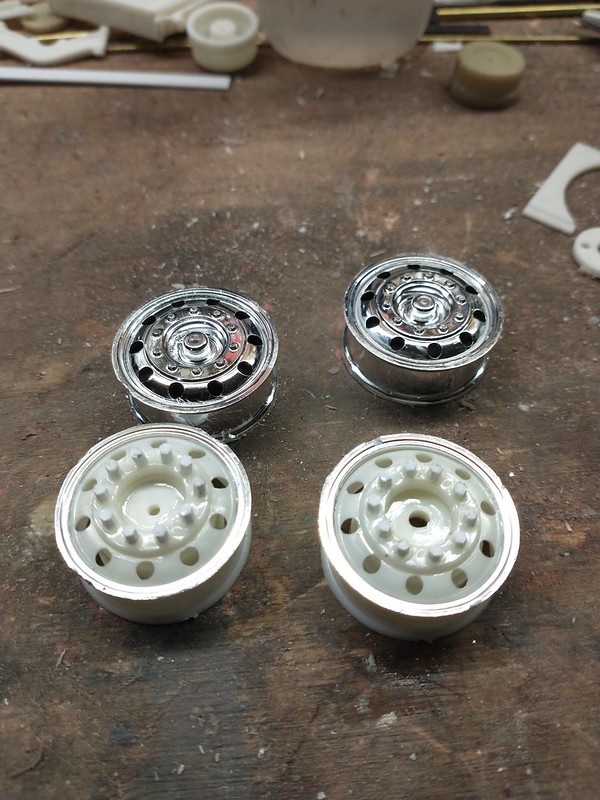Here’s the full text I sent him…
"Tom,
Thanks again for reaching out. As I previously mentioned, I’m trying to do a couple of things.
First, find out more information about the actual operations at the mill to help with my modeling. The second is to record information to share with other modelers about feed mill operations.
How much/how often was feed produced? I’m guessing this varies over the years as the farms slowly died off?
Does RHS have any records related to this?
I’m assuming it was all delivered to the farms via truck? And you never had loaded grain cars leave the feed mill?
What happened if the railroad missed a delivery? Did you truck grain in?
Did you ever receive products in boxcars like machinery parts, or other non-grain products? Or ship out anything non-grain?
What was the frequency of grain? I thought I recall reading 1-3 cars 3D a week?
And how long did it take to unload?
Did the railroad move cars around for you, or did you use some type of car mover?
And what type of grain?
Did you always get it in covered hoppers?
Or in the early 70’s get grain in 40’ boxcars?
The period I’m modeling is between 1970 and 1975.
Was TD Feeds connected to any other feed mill in the area? Joint ownership type thing?
The second part is more related to questions about the retail side of the operation. A part of my model is the storefront area and with the big open windows, I was thinking about doing a detailed interior, but I have no idea what the store inside looked like? I think the state archive records showed that the front store area was only a portion of the building."
And then his response of I think that’s enough information for your modeling…
Interesting character for sure.








 Shoot, I’m just guessing on 7/8 of the stuff that I think would look right. I’m sure if I showed it to a truck modeler they would point out all sorts of stuff that’s wrong. But I get your point.
Shoot, I’m just guessing on 7/8 of the stuff that I think would look right. I’m sure if I showed it to a truck modeler they would point out all sorts of stuff that’s wrong. But I get your point.